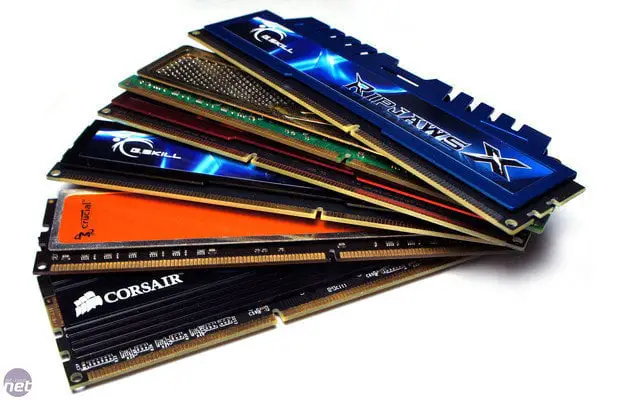TCP Vs. UDP – 9 Key Differences Between TCP and UDP
When it comes to Internet protocols (IP) there are two types: TCP and UDP. TCP or Transmission Control Protocol is connection-oriented. UDP or User Datagram Protocol is a connectionless Internet protocol. In this post, we are going to point the key differences between TCP and UDP that’ll help you understand these terms better.
Difference between TCP and UDP
TCP and UDP have many differences. Below are the 9 main TCP vs UDP differences you must know.
1. Function
TCP is connection based. A message will make its way across the internet from one computer to another. UDP is a connectionless protocol, meaning that one program can send several packets of information to another and then that would be the end of the transfer and relationship.
2. Used by Other Protocols
TCP is used by HTTP, HTTPs, FTP, SMTP and Telnet. UDP is used by DNS, DHCP, TFTP, SNMP, RIP and VOIP.
HTTP Vs. HTTPS: Which One Is Better?
3. Usage
TCP is better suited for applications that require high reliability and the transmission time is relatively less critical as it may take longer to transmit.
UDP is better suited for applications that need efficient and fast transmissions. UDP is excellent for gaming and for servers that work with small queries from large amounts of clients.
4. Data Packets

TCP will rearrange data packets into the order that has been specified. UDP has no order as to the packets and are independent of each other. All ordering has to be managed by the application layer in UDP.
5. Transfer Speed
TCP speed of transfer is slower than UDP. UDP is faster due to the fact that error recovery is not attempted.
6. Reliability
With TCP, the data transferred remains intact and will arrive in the same order in which it was sent. With UDP, there is no guarantee that the data transferred will arrive at all, much less in the order in which it was sent.
7. Size of the Header
TCP header is 20 bytes in size. The most common header fields for TCP include source port, destination port and checksum.
UDP header is 8 bytes in size. The most common header fields for UDP include source port, destination port and checksum.
8. Weight
TCP is considered heavy weight. It requires three packets to set up a socket connection before any data can be sent. TCP handles reliability and congestion well.
UDP is lightweight because there is no ordering of the data, no tracking of the connections. It is simply a small transport layer.
9. Error Checks
TCP includes error checking and error recovery. Any data packets that are erroneous are retransmitted from the source to the destination.
UDP includes error checking but it will discard any erroneous data packets. Error recovery is never attempted.
UDP and TCP Comparison
Recommended for you:
- Broadband vs Wi-Fi: 3 Key Differences
- IPv4 Vs. IPv6 Comparison – What Are The Differences?
- 4 Key Differences Between 1080p and 1080i
TCP Vs. UDP Differences
The differences between TCP and UDP is listed below in a nutshell.
TCP |
UDP |
|
|
|
|
|
|
|
|
|
|
|
|
|
|
|
|
|
|
|
|






